SOUTH PORTLAND — Several hundred yards offshore, nestled in the mud of the Mill Creek Estuary, an experiment is underway to reduce coastal acidification that is decimating shellfish development and threatening Maine’s $15.7 million softshell clam harvest.
On Friday, researchers and volunteers laid out 120 plots of crushed oyster shells on the tidal flat behind the Hannaford Supermarket on Cottage Road. The study site is on the southern shore of Portland Harbor, near the mouth of the Fore River as it flows into Casco Bay.
The experiment will test whether oyster shells collected from Portland-area restaurants can be used to reduce the acidity of tidal flats and restore shellfish production, all while keeping diners’ discarded shells out of the waste stream.
Over the next several months, the calcium-rich shells will dissolve and scientists will measure their impact on the pH of water in the mud and the abundance of shellfish growing there, including softshell clams that struggle to develop in tidal flats where the mud has become corrosive.
“We selected the site in South Portland because the experiment will not disrupt commercial harvests,” said Theresa Torrent, a senior planner with the Maine Coastal Program of the Maine Department of Marine Resources.
Torrent said clams do grow at the site, but they’re not legal to harvest. The flat is closed to clam digging as a precaution to protect public health because of potential pollution sources nearby.
The experiment is being conducted by the Downeast Institute, with $99,180 in federal funding through the Casco Bay Estuary Partnership and the Climate Ready Estuaries Program of the U.S. Environmental Protection Agency. Project partners include the Maine Coastal Program, Gateways to Opportunity and Bigelow Labs.
The shells were collected in 2019 from 10 Portland restaurants and naturally treated to eradicate pathogens or invasive species. Then they were crushed into three sizes, ranging from course sand to quarter-inch bits. Smaller shells have shown to dissolve better in previous similar studies, said Rob Holmberg, a postdoctoral associate with the Downeast Institute who specializes in marine carbonate chemistry.
On Friday afternoon, as the tide receded, Holmberg and his colleagues ventured onto the flat, their boots sinking into the shiny, gray mud. Working quickly, they distributed the crushed shells according to size and in varying amounts among 120 plots, each measuring one square yard. Half the plots were covered with netting to keep green crabs from devouring clams that might grow in the mud.
Researchers will return in the fall to study the impact of the shells.
“We’re hoping to boost the pH and alkalinity of the pore water in the mud and see a benefit to the shellfish,” Holmberg said.
Coastal acidification is happening because oceans absorb carbon dioxide from the atmosphere, a process that has accelerated in recent years and is exacerbated by pollution, rising temperatures and other factors. Oceans have become 30 percent more acidic in the last 200 years, according to marine scientists, and shellfish are especially vulnerable because it hinders their ability to build shells.
Studies by the Friends of Casco Bay have shown that mud in local tidal flats can sometimes erode shells of softshell clams. Researchers from Saint Joseph’s College demonstrated that acidified mud discourages settlement of shellfish larvae. And a previous study by the Downeast Institute suggested that predators such as green crabs also play a role in declining juvenile clam populations.
As a result, U.S. clam harvests have dipped in recent years, including in Maine, the largest clam producing state, where the softshell clam haul was worth $15.7 million in 2020, industry officials said.
That was the smallest haul in more than 90 years – a little more than 1.3 million pounds, the Associated Press reported. Nationwide totals aren’t compiled yet, but Maine’s harvest typically accounts for more than half the U.S. total, and hauls in other clamming states such as Massachusetts, Rhode Island and New York have been trending downward as well.
The goal is to develop methods that coastal communities in Maine and elsewhere could use to reduce the effects of acidification. The benefits could be seen beyond dinner tables. Healthy shellfish beds also improve water quality, because clams and mussels are filter feeders, increasing water clarity and reducing algae at the ocean’s edge.
“The methods we are testing could be applied by shellfish commissions with the help of local clammers,” said Brian Beal, marine ecology professor at the University of Maine at Machias.
Copy the Story LinkSend questions/comments to the editors.

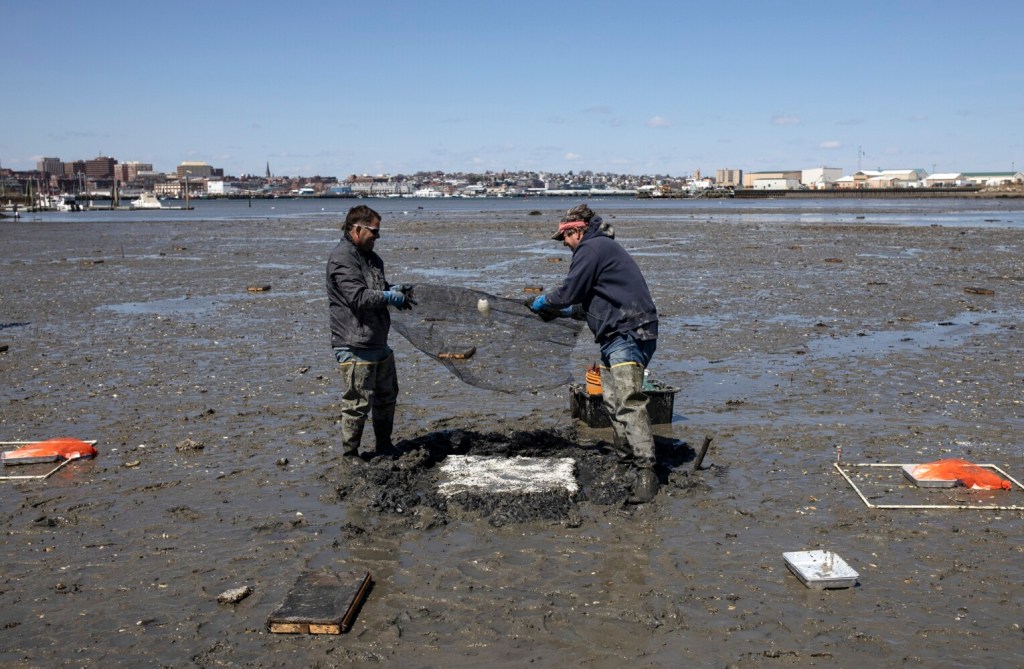
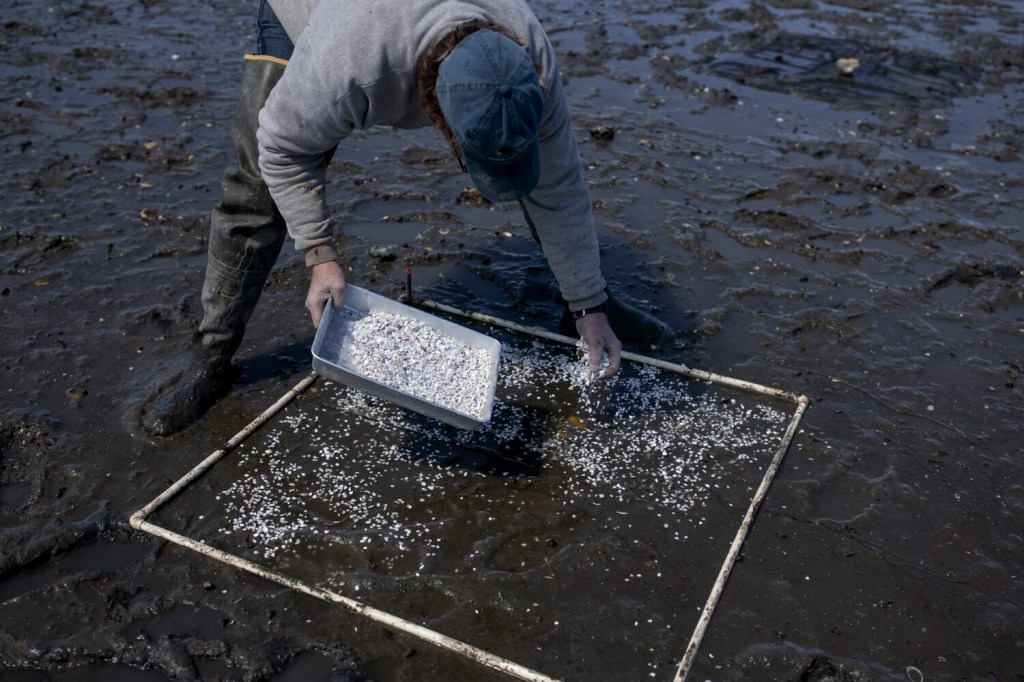
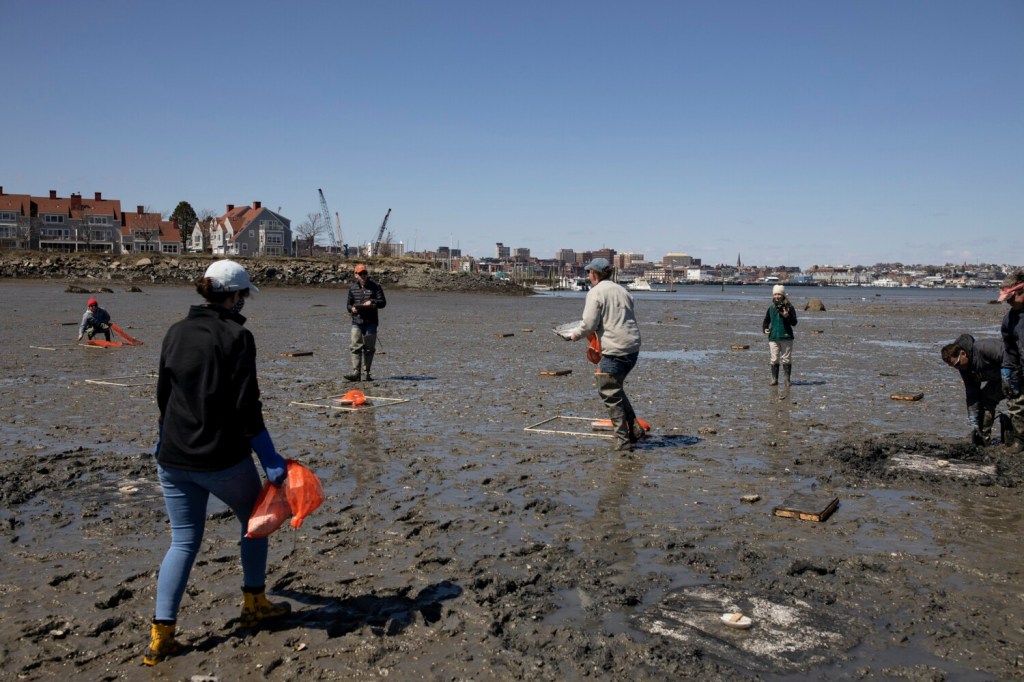
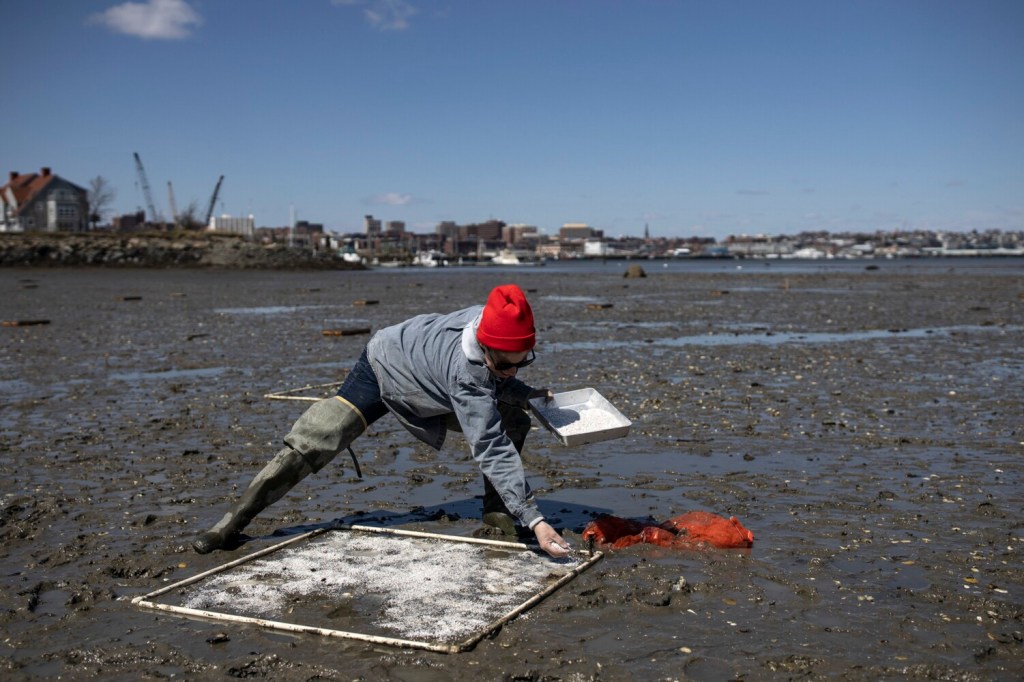
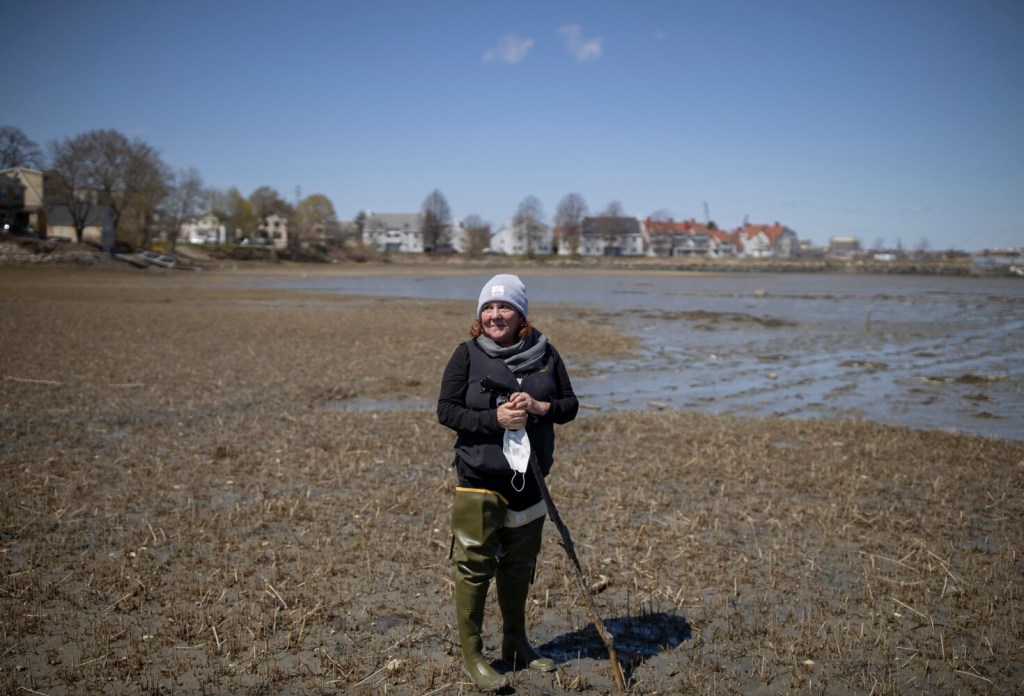

Success. Please wait for the page to reload. If the page does not reload within 5 seconds, please refresh the page.
Enter your email and password to access comments.
Hi, to comment on stories you must . This profile is in addition to your subscription and website login.
Already have a commenting profile? .
Invalid username/password.
Please check your email to confirm and complete your registration.
Only subscribers are eligible to post comments. Please subscribe or login first for digital access. Here’s why.
Use the form below to reset your password. When you've submitted your account email, we will send an email with a reset code.